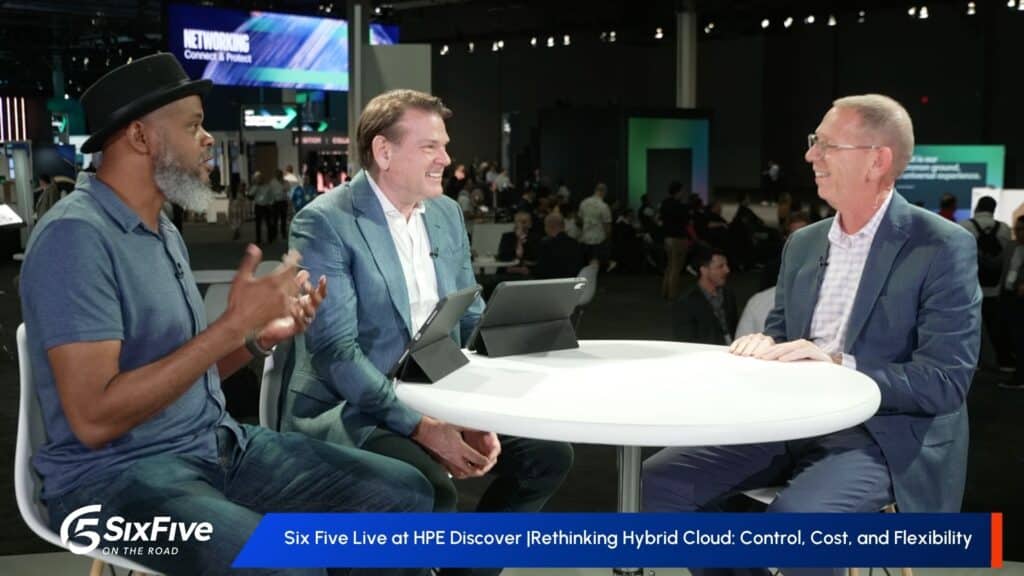The COVID-19 pandemic reinforced the need for government and other public sector agencies to reassess how they are interacting with their constituents, including citizens, tourists, and public sector workers. Government and public health agencies needed to quickly disseminate information to people, and, given the severity of the pandemic, simply releasing public service announcements on television was not guaranteed to reach all constituents, given today’s fragmented nature of media consumption.
One example of how a government agency delivered pertinent and timely information, while adhering to good CX principles, is from Miami-Dade County, Florida, which was the first county in the US to surpass more than 10,000 COVID-19 cases and exceed 1,000 hospitalizations within a single week. While a primary goal was to inform the public through multiple channels, a secondary concern was to ensure that the messaging and tone used was both empathetic and reassuring, particularly given that, at the time, no one was sure how long the shutdowns would last, or when a vaccine would be available.
So, in mid-March 2020, Miami-Dade County officials launched a COVID-19-specific website, consolidating all county-related information, links, and resources within a single site. The site was populated with content from various internal departments, and 311 Contact Center data, including a compilation of residents’ most frequent call topics that are submitted, plus their answers. This allowed residents, visitors, and workers to find important information quickly, easily, and in a single centralized location, eliminating the time and effort it would take to hunt for COVID-19-specific information on individual departmental pages.
According to a release highlighting the site, Inson Kim, director of the Communications and Customer Experience Department of Miami-Dade County, the key challenge involved with setting up the site was deciding which information to display directly on the site, versus linking to an outside agency. In the end, they decided that if the information did not originate with Miami-Dade County, a link to the outside resource was created to ensure that the information remained accurate and current.
The Miamidade.gov home page for the week of March 19 to 25 in 2019 garnered 102,148 page views and increased by 169% to 274,786 views for the same time period in 2020. Although the increased web traffic was likely due to the intense interest in COVID-19, it demonstrates that people are looking for similar customer experiences with government agencies as they do with any other commercial organization. In both cases, people want information that is easily located, concise and clear, and updated regularly.
These principles are in line with those in the federal CX mandate, which operates under the updated 2020 guidance from the Office of Management and Budget (OMB), and are outlined in A-11 Section 280, “Managing Customer Experience and Improving Service Delivery.” The CX mandate includes goals, challenges, opportunities, action plans, updates, and the OMB toolkit and resources, and is focused on reaching the following three goals by 2030:
- Customers rate satisfaction with federal services comparable to private sector averages.
- Federal programs are able to identify the most important drivers of experience to the customer for particular types of services and transactions (e.g., service effectiveness, ease, efficiency, and equity/transparency).
- There is a significant increase in public trust in the federal government—agencies collect and track measures of trust through customer feedback and can draw clear correlations between satisfaction and trust.
A key element for improving CX among government agencies today is ensuring that their websites meet the same standards for usability as commercial services. Bad links, incorrect contact information, and a design that makes it difficult to navigate and find information quickly are harbingers of a bad experience for stakeholders. However, the use of machine learning and automation can make it easier to store, organize, and access data efficiently. This results in the average site visitor being able to access the information they need, either on the web, on a mobile app, or via a mobile browser. By deploying integrated data and content management systems, cash and labor-strapped agencies can deliver the CXs demanded by stakeholders, while also aligning with federal government CX mandates.
Author Information
Keith Kirkpatrick is Research Director, Enterprise Software & Digital Workflows for The Futurum Group. Keith has over 25 years of experience in research, marketing, and consulting-based fields.
He has authored in-depth reports and market forecast studies covering artificial intelligence, biometrics, data analytics, robotics, high performance computing, and quantum computing, with a specific focus on the use of these technologies within large enterprise organizations and SMBs. He has also established strong working relationships with the international technology vendor community and is a frequent speaker at industry conferences and events.
In his career as a financial and technology journalist he has written for national and trade publications, including BusinessWeek, CNBC.com, Investment Dealers’ Digest, The Red Herring, The Communications of the ACM, and Mobile Computing & Communications, among others.
He is a member of the Association of Independent Information Professionals (AIIP).
Keith holds dual Bachelor of Arts degrees in Magazine Journalism and Sociology from Syracuse University.







